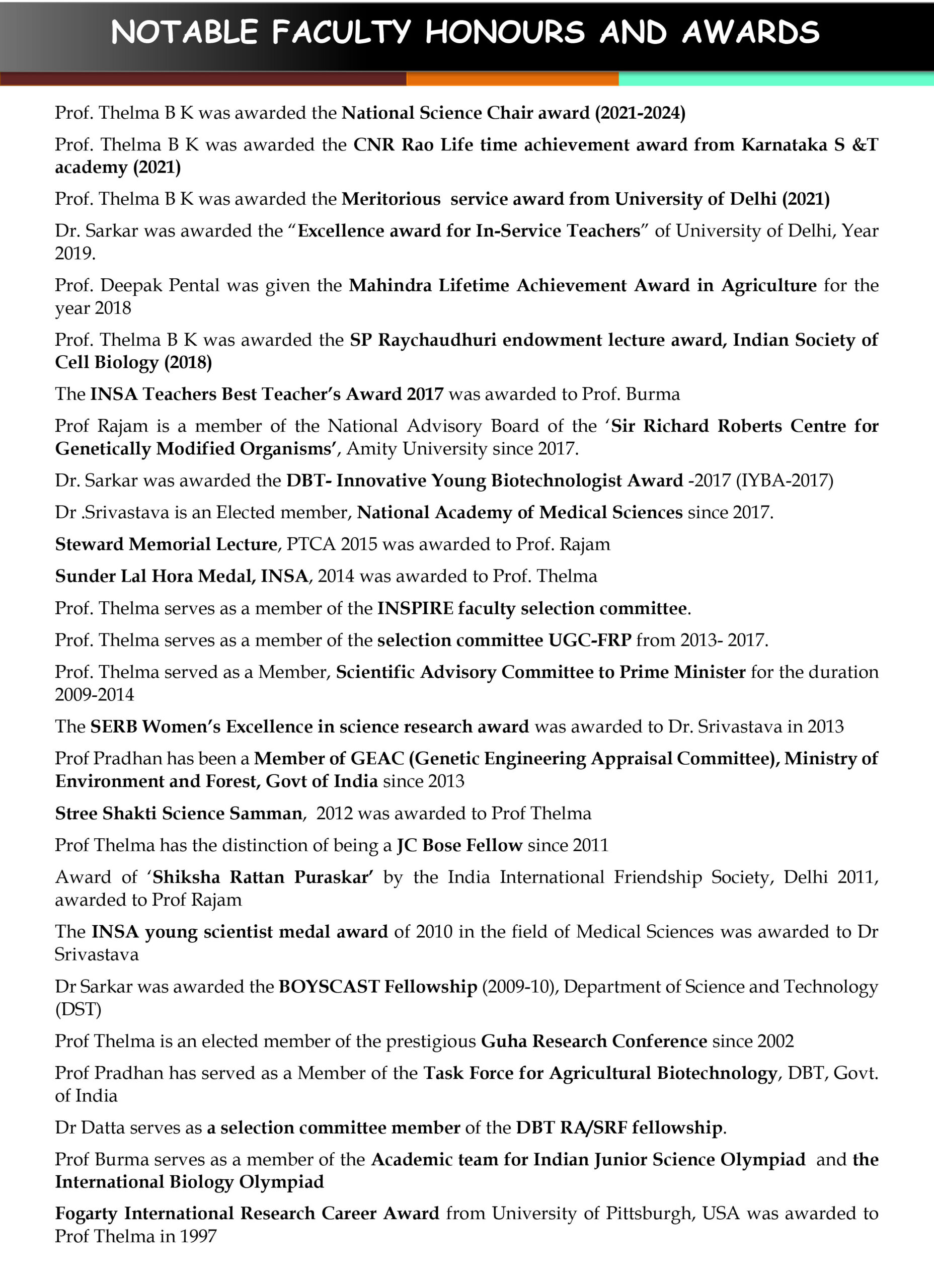The intersection of genetics and physics represents a convergence of disciplines that, at first glance, may seem disparate. However, this interdisciplinary fusion has fueled groundbreaking research and unveiled extraordinary insights into the complexities of life itself. This article delves into the remarkable faculty members who wield both genetics and physics as instruments of inquiry, spearheading innovative studies that promise to revolutionize our understanding of biological processes.
The allure of combining genetics with physics lies in the potential to apply quantitative methods and theoretical frameworks from the physical sciences to elucidate the intricate mechanisms of biological systems. By harnessing the principles of thermodynamics, quantum mechanics, and statistical mechanics, researchers can elucidate the dynamics of genetic materials, cellular processes, and evolutionary pathways. Such interdisciplinary collaborations empower scholars to tackle questions that defy singular disciplinary approaches, paving the way for novel hypotheses and experimental designs.
At the forefront of this amalgamation is the burgeoning field of biophysics—an area that seeks to elucidate the physical principles underlying biological phenomena. Faculty members engaged in biophysics utilize techniques such as spectroscopy, imaging, and molecular dynamics simulations to investigate the structure and behavior of macromolecules, including DNA and proteins. These explorations often lead to the identification of fundamental biophysical properties that govern molecular interactions, gene expression, and the replication process.
For instance, by employing X-ray crystallography and nuclear magnetic resonance (NMR) spectroscopy, prominent faculty members can observe the three-dimensional structures of proteins that are pivotal in genetic regulation. These structural insights inform a deeper understanding of how genetic information is translated into functional biological entities. Such research not only expands the boundaries of molecular biology but also emphasizes the need for proficient physicists who are well-versed in biological concepts.
Another remarkable facet of blending genetics with physics is the application of computational modeling and systems biology. The burgeoning availability of large biological datasets necessitates the development of sophisticated algorithms and mathematical models that can decipher the intricate web of genetic interactions. This interdisciplinary endeavor is marked by collaborative efforts between physicists, mathematicians, and biologists. Faculty adept in this realm employ network theory and chaos theory to analyze gene regulatory networks and evolutionary dynamics, thereby shedding light on the rudimentary principles governing biological systems.
Furthermore, the investigation of genetic variation through a physical lens has garnered significant interest. By employing population genetics, faculty can apply the Gaussian distribution and principles of statistical mechanics to explore how environmental factors influence genetic diversity. Such studies have profound implications for fields ranging from conservation biology to personalized medicine, as they cultivate a nuanced appreciation of how genetic variations can determine an organism’s fitness in fluctuating environments.
One exemplary area where this interdisciplinary approach thrives is in the understanding of chromosome behavior during cell division. Researchers examine the physical properties of chromosomes and the forces at play during mitosis and meiosis, employing concepts from fluid dynamics and mechanics. These inquiries not only elucidate the mechanics of cell division but also reveal how errors in these processes can lead to genetic disorders or cancer. Faculty members engaged in this field embody the spirit of inquiry that drives both genetics and physics forward, championing a comprehensive understanding of biological systems at the molecular level.
Amidst this symbiotic relationship lies the burgeoning field of synthetic biology, where faculty members are pioneering efforts to engineer biological systems. By integrating genetic engineering with physical modeling, these experts design and construct novel biological circuits that mimic electronic systems. This interdisciplinary innovation has vast implications, including applications in biotechnology, biofuels, and biomedical engineering. By perceiving biological systems through the lens of physics, researchers are discovering new pathways toward sustainability and health.
The academic landscape shaped by this fusion of genetics and physics nurtures curiosity and cultivates a culture of inquiry that transcends traditional boundaries. Workshops and seminars dedicated to interdisciplinary research foster collaboration among faculty, students, and industry professionals. These interactions lead to the emergence of research clusters that challenge the status quo, encouraging scholars to explore uncharted territories where genetics and physics intersect.
Moreover, educational programs are evolving to address the demand for professionals proficient in both domains. By integrating genetics coursework with physics training, academic institutions are cultivating a new breed of scientists equipped to tackle complex biological problems. These educational endeavors not only prepare students for careers in research but also inspire them to pursue innovative solutions to contemporary challenges, such as climate change and healthcare.
In conclusion, the synthesis of genetics and physics is a rare academic cocktail that enriches both fields, fostering a transformative understanding of life sciences. The faculty members championing this interdisciplinary approach not only push the frontiers of knowledge but also cultivate a mindset characterized by curiosity, collaboration, and creativity. As the narrative of science unfolds, the synergy between genetics and physics promises to illuminate the mysteries of life, inspiring future generations of researchers to explore the intricate tapestry of existence through a multifaceted lens.










